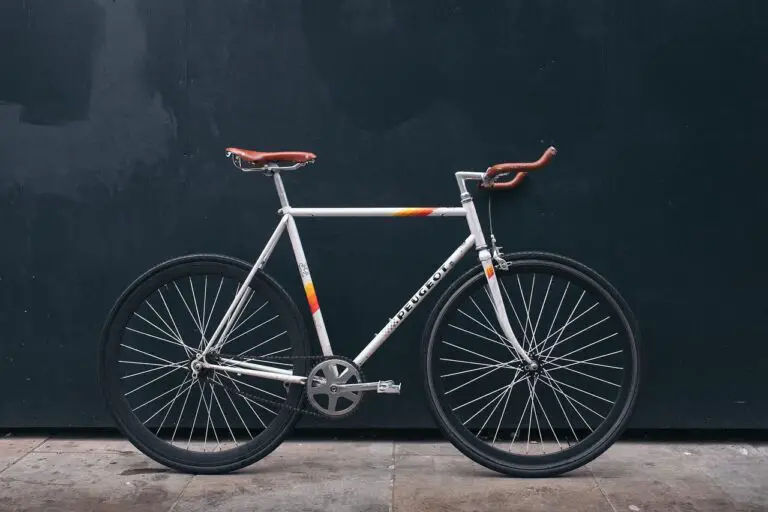How Do You Measure The Size Of A Bicycle
Key factors in bicycle size
When it comes to measuring the size of a bicycle, there are a few key factors to consider. One important measurement is the frame size, which refers to the length of the bicycle’s main structural component. This measurement is usually specified in inches or centimeters and can vary depending on the brand and model of the bike. A larger frame size typically indicates a larger bike, suitable for taller individuals, while a smaller frame size is more appropriate for shorter riders. Proper frame size is essential for ensuring a comfortable and efficient riding position.
Wheel size affects bike performance
Another crucial aspect to consider is the wheel size of the bicycle. Wheel size directly impacts the overall size and feel of the bike. Common wheel sizes for adult bicycles range from 26 inches to 29 inches in diameter, with 27.5 inches becoming increasingly popular. Smaller wheels tend to offer more maneuverability and agility, while larger wheels provide a smoother ride and better traction on rough terrain. Choosing the right wheel size depends on factors such as riding style, intended terrain, and personal preference.
Seat tube height crucial for bike fit
In addition to frame and wheel size, the height of the seat tube is an important measurement to consider for a proper bike fit. The height of the seat tube determines how high or low your saddle can be adjusted. This measurement is typically specified in centimeters and can greatly affect the overall riding posture and comfort. A seat tube too short might result in a cramped posture, while a seat tube too long could lead to overextension and discomfort. Finding the right seat tube height is crucial for maintaining proper riding position and avoiding potential injuries.
Consider handlebar width for optimal control
Lastly, the handlebar width is another consideration when measuring the size of a bicycle. Handlebars have different widths to accommodate various shoulder widths and riding preferences. The width affects the rider’s ability to maneuver and control the bike comfortably. A wider handlebar provides more stability and control, especially for off-road or mountain biking, while a narrower handlebar offers more aerodynamic benefits and is commonly used in road biking. Selecting the appropriate handlebar width is important for achieving optimal control and handling of the bike.
About me
I got my first bicycle when I was 3 years old. 10x years later I still love to cycle! In the meantime, I also developed an absolute obsession with motorbikes! I write about my hobbies and lifestyle on this blog.








